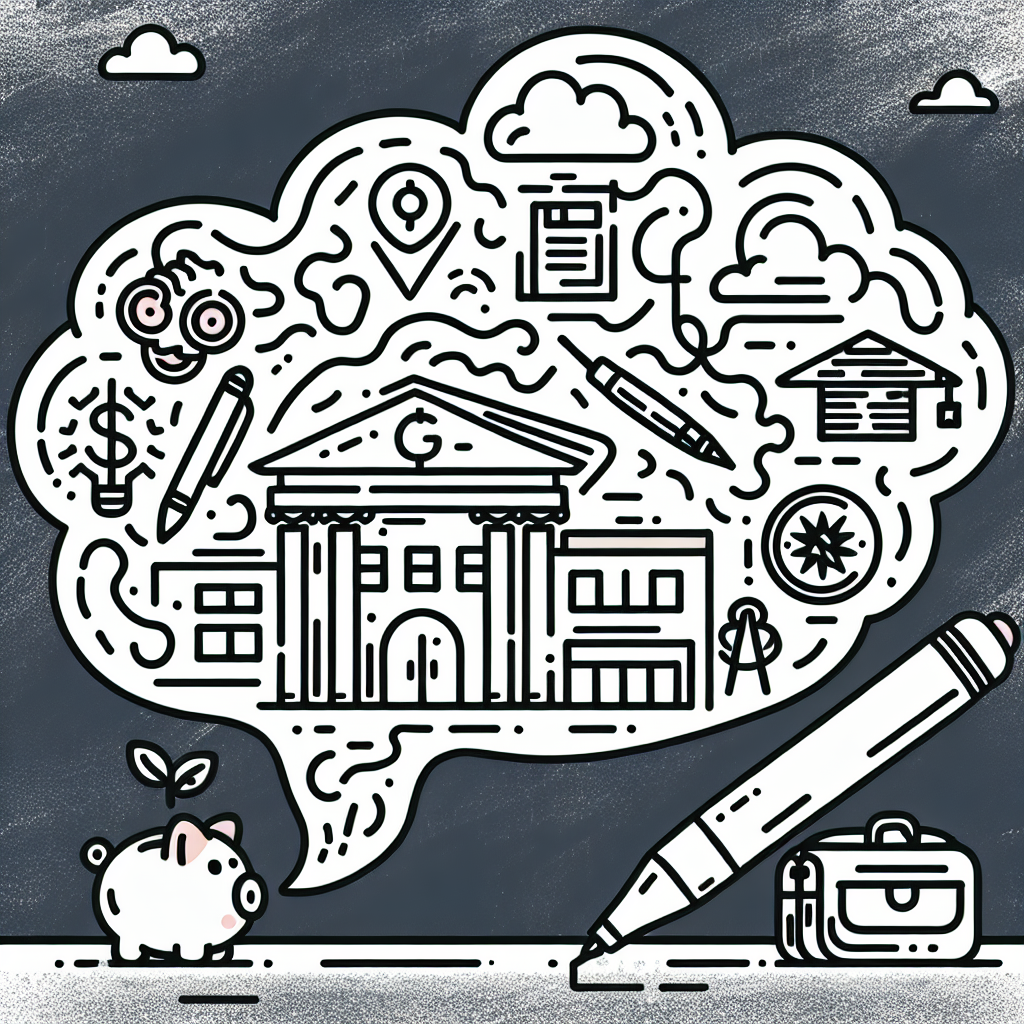Introduction
The academic demands of college life have made productivity tools more essential than ever. As students juggle coursework, extracurriculars, and part-time jobs, college productivity apps offer structured solutions to manage their time, tasks, and study habits efficiently.
Data-driven apps are reshaping higher education by offering personalized insights, automating routine tasks, and helping students stay organized. These tools use analytics to track behavior, identify learning patterns, and suggest improvements, creating a smarter approach to academic success.
This guide explores the top college productivity apps available today, examines their impact on education, and highlights how data informs their development. By understanding the capabilities of these tools, students can make better choices about which apps to integrate into their academic routines.
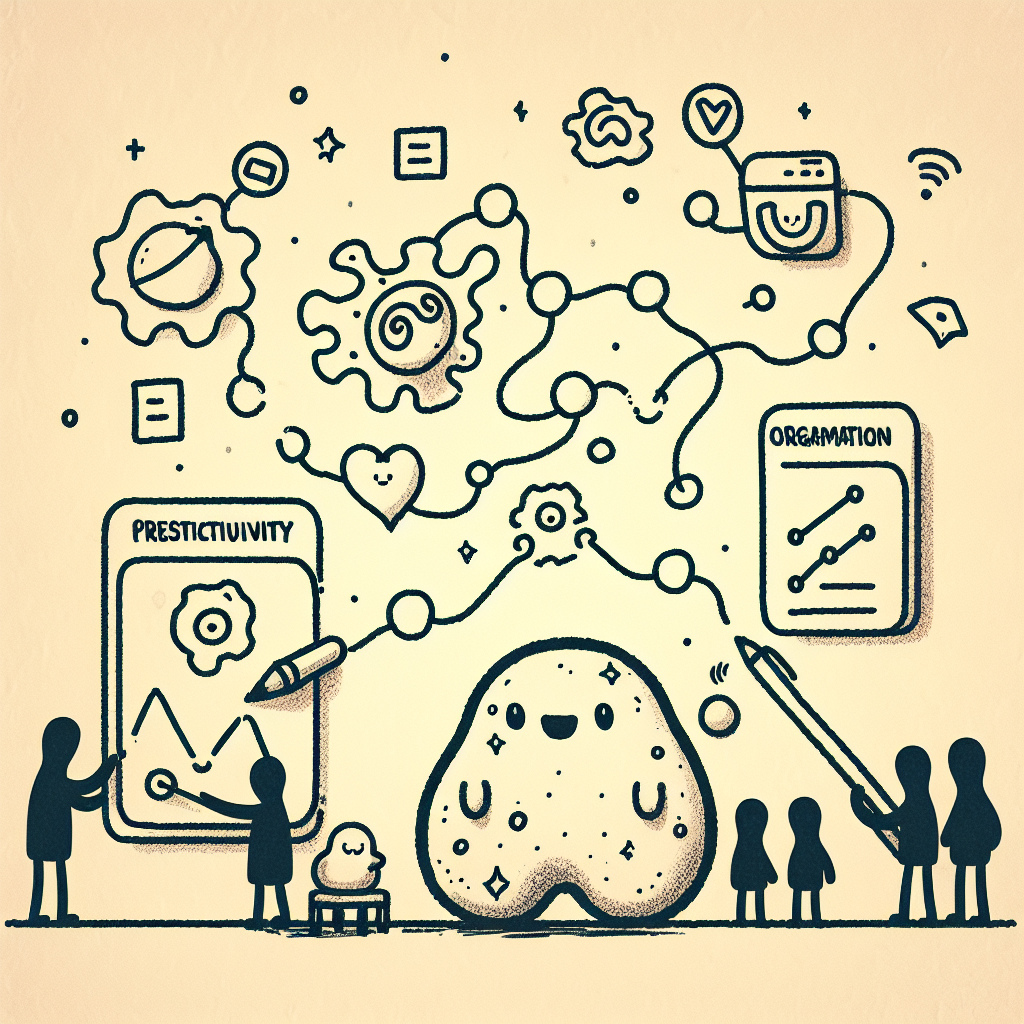
The Role of Data in College Productivity Tools
College productivity apps increasingly rely on education data to drive insights and improve outcomes for students. By leveraging comprehensive datasets, these tools can help institutions and individuals make more informed decisions.
The Apps4VA Initiative
One example of data-driven innovation is the Apps4VA initiative, developed by the Virginia Department of Education. This program encouraged the use of K–12 educational data to build new applications aimed at improving student success. The initiative supported the creation of tools that allowed educators and policymakers to make data-informed decisions to enhance learning outcomes (Apps4VA - NCES).
Predictive Analytics in Education
Predictive analytics is a crucial component of many college productivity apps. By analyzing historical and real-time data, these tools can forecast academic performance and identify students at risk of underperforming. For example, a study conducted in Guam found that only 23% of students met all three indicators of college readiness and early success, underscoring the need for early interventions (NCES Guam Study). Similarly, in Palau, 60% of students achieved a first-year GPA of 2.0 or higher, highlighting the predictive value of high school performance for college success (NCES Palau Study).
Postsecondary Education Trends
Data from the Integrated Postsecondary Education Data System (IPEDS) is another valuable resource for college productivity apps. IPEDS tracks institutional statistics on enrollment, graduation rates, and program completions. By analyzing this large-scale dataset, app developers and educational institutions can identify trends, address gaps, and tailor support services to meet student needs more effectively (IPEDS - NCES).
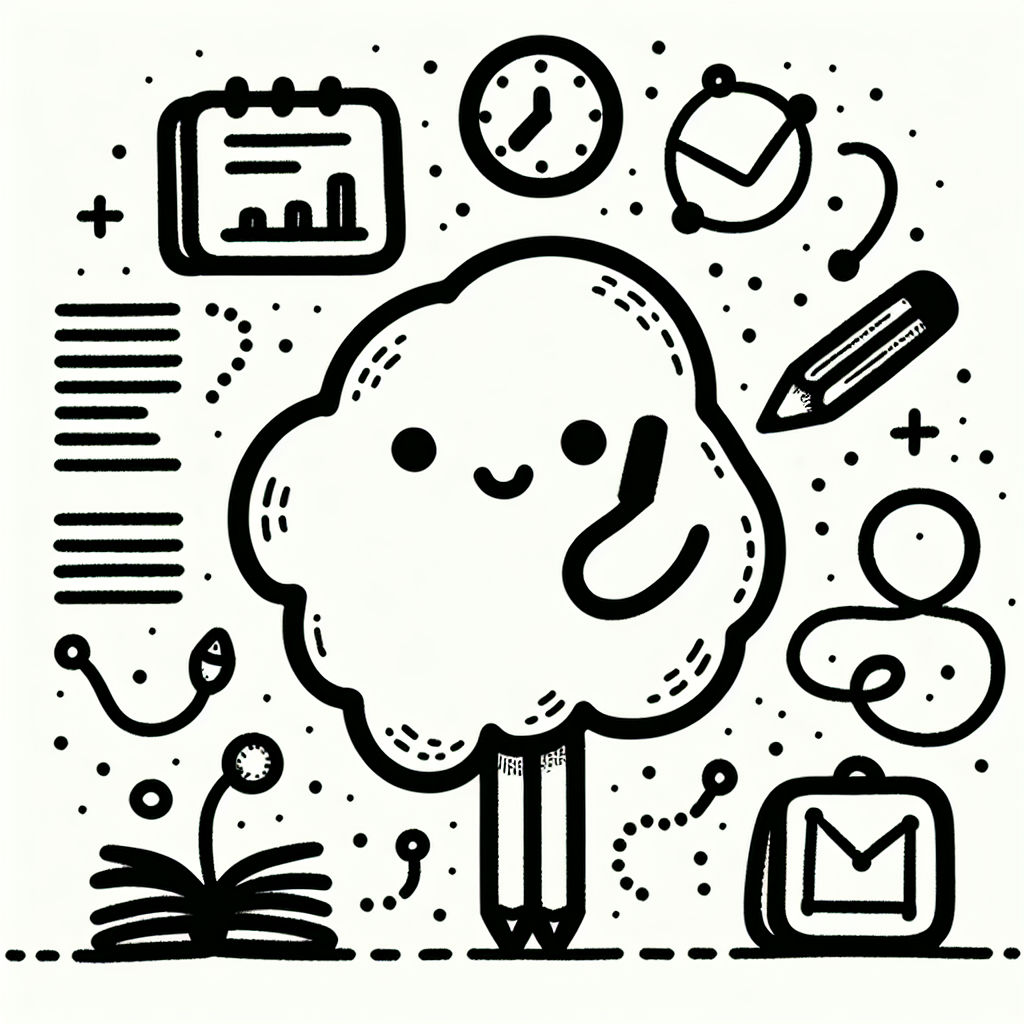
Categories of College Productivity Apps
College productivity apps span a wide range of categories designed to support students in managing their academic, personal, and collaborative responsibilities. Below are key categories of these tools, each tailored to enhance specific aspects of college life.
Academic Planning and Organization
Effective scheduling is essential for managing coursework and deadlines. Calendar and scheduling apps like Google Calendar and MyStudyLife help students organize classes, assignments, and exams. Course management platforms such as Canvas and Blackboard serve as central hubs for accessing syllabi, grades, and course materials. Task and to-do list apps like Todoist and Microsoft To Do assist students in tracking daily responsibilities and staying on top of short- and long-term goals.
Note-Taking and Study Tools
Digital note-taking apps, including OneNote and Evernote, allow students to organize lecture notes, sync across devices, and integrate multimedia. To aid in memorization and active recall, flashcard and spaced repetition tools such as Anki and Quizlet are widely used. Collaborative platforms like Notion and Google Docs enable group study and shared note-taking, supporting interactive learning.
Time Management and Focus
Time-tracking apps like Toggl and RescueTime provide insights into how time is spent, helping students adjust habits for increased productivity. Pomodoro and focus apps such as Focus Booster and Forest encourage concentrated work sessions with built-in breaks. Distraction blockers like Cold Turkey and Freedom limit access to non-essential websites, reducing procrastination.
Wellness and Mental Health
Maintaining well-being is crucial for sustained academic performance. Mindfulness and meditation apps like Headspace and Calm offer guided exercises to manage stress. Journaling tools such as Day One support emotional reflection, while health tracking apps like Habitica and Moodpath help monitor physical and mental wellness.
Communication and Collaboration
For group projects and peer communication, tools like Slack and Microsoft Teams streamline messaging and task coordination. File sharing and cloud storage platforms such as Dropbox and Google Drive allow easy access to shared documents. Virtual whiteboards like Miro and Jamboard facilitate brainstorming and visual collaboration, making them valuable assets for academic teamwork.
Each of these categories addresses a different facet of student life, contributing to a more organized, focused, and balanced college experience through the use of targeted college productivity apps.

How Colleges Are Using Productivity Apps
Enhancing Student Retention and Success
Colleges are increasingly using college productivity apps to improve student retention and academic success. Many institutions leverage predictive analytics within these apps to identify students who may be at risk of falling behind. By analyzing patterns such as attendance, grades, and engagement, these tools help advisors intervene early. Additionally, apps that offer personalized learning paths enable tailored educational experiences, allowing students to progress at their own pace and focus on areas where they need the most support.
Facilitating Online and Hybrid Learning
With the rise of online and hybrid learning environments, productivity apps have become essential. These tools integrate seamlessly with Learning Management Systems (LMS), enhancing the digital classroom experience. Features such as real-time collaboration and feedback loops allow students and faculty to communicate efficiently, work on projects together, and receive timely input, thereby maintaining engagement and course momentum.
Supporting Faculty and Administration
Faculty and administrators benefit from productivity apps through access to data dashboards that provide real-time insights into student performance and progress. Academic advisors use these dashboards to monitor cohorts and individual students, enabling more informed decision-making. Workflow automation tools also help reduce administrative burdens by streamlining routine tasks, freeing up time for more strategic activities.
Case Studies and Pilot Programs
Several colleges have piloted productivity tools inspired by initiatives like Apps4VA, which originally focused on using open data to solve community challenges. In higher education, similar tools have been implemented to track student progress and optimize resource allocation. Outcomes from these data-driven approaches include improved graduation rates, higher student satisfaction, and more efficient academic advising processes.
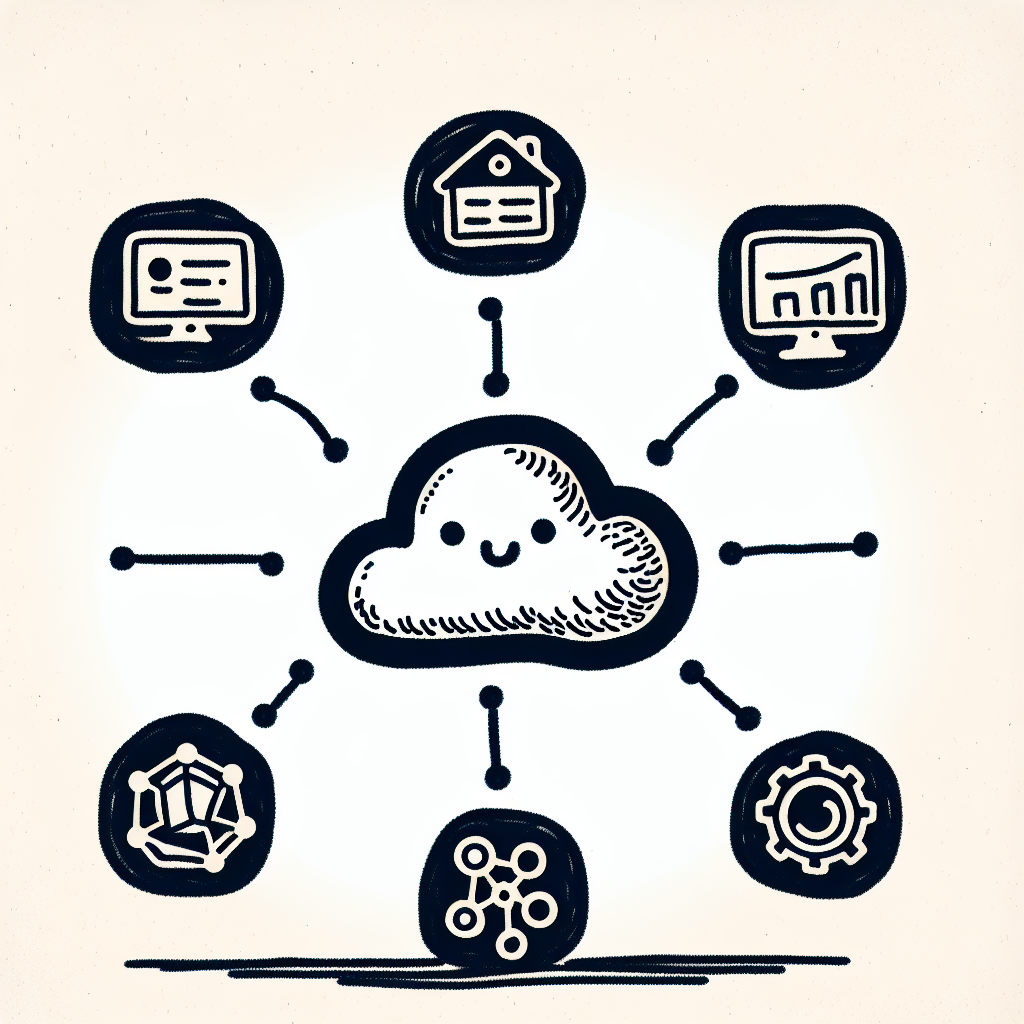
Best Practices for Choosing and Using Productivity Apps
Aligning Tools with Academic Goals
When selecting college productivity apps, it's essential to ensure the features align with specific academic goals and individual learning styles. For example, visual learners may benefit more from apps with mind-mapping capabilities, while students who prefer structured organization might favor task managers with calendar integration. Choosing tools that are intuitive and easy to navigate can also increase the likelihood of consistent use, especially during high-stress academic periods.
Accessibility should also be a key factor. Apps that support multiple platforms—such as mobile, desktop, and tablet—allow students to stay productive across different devices and settings. Additionally, features like text-to-speech, high-contrast modes, and keyboard shortcuts can support students with diverse needs.
Data Privacy and Security Considerations
College productivity apps often require access to personal and academic information. To protect this data, students should prioritize apps that comply with FERPA (Family Educational Rights and Privacy Act) and follow their institution’s data policies. It's important to review privacy policies to understand how data is stored, shared, and used.
App permissions and third-party integrations should also be scrutinized. Some apps may request access to contacts, location, or academic files that are not necessary for functionality. Limiting unnecessary permissions helps protect privacy and reduces the risk of data misuse.
Building Sustainable Productivity Habits
Effective use of college productivity apps involves more than just downloading them—it requires integrating them into a sustainable workflow. Students can benefit from combining multiple tools, such as using a note-taking app alongside a project management tool, to create a cohesive system that supports both short-term tasks and long-term projects.
Establishing consistent routines is also important. Setting daily or weekly check-ins within productivity apps can help students stay on track with assignments and goals. Features like reminders, progress tracking, and data visualization can encourage regular reflection, helping students identify what’s working and where adjustments are needed.
By thoughtfully choosing and using college productivity apps, students can build habits that support academic success and personal growth.
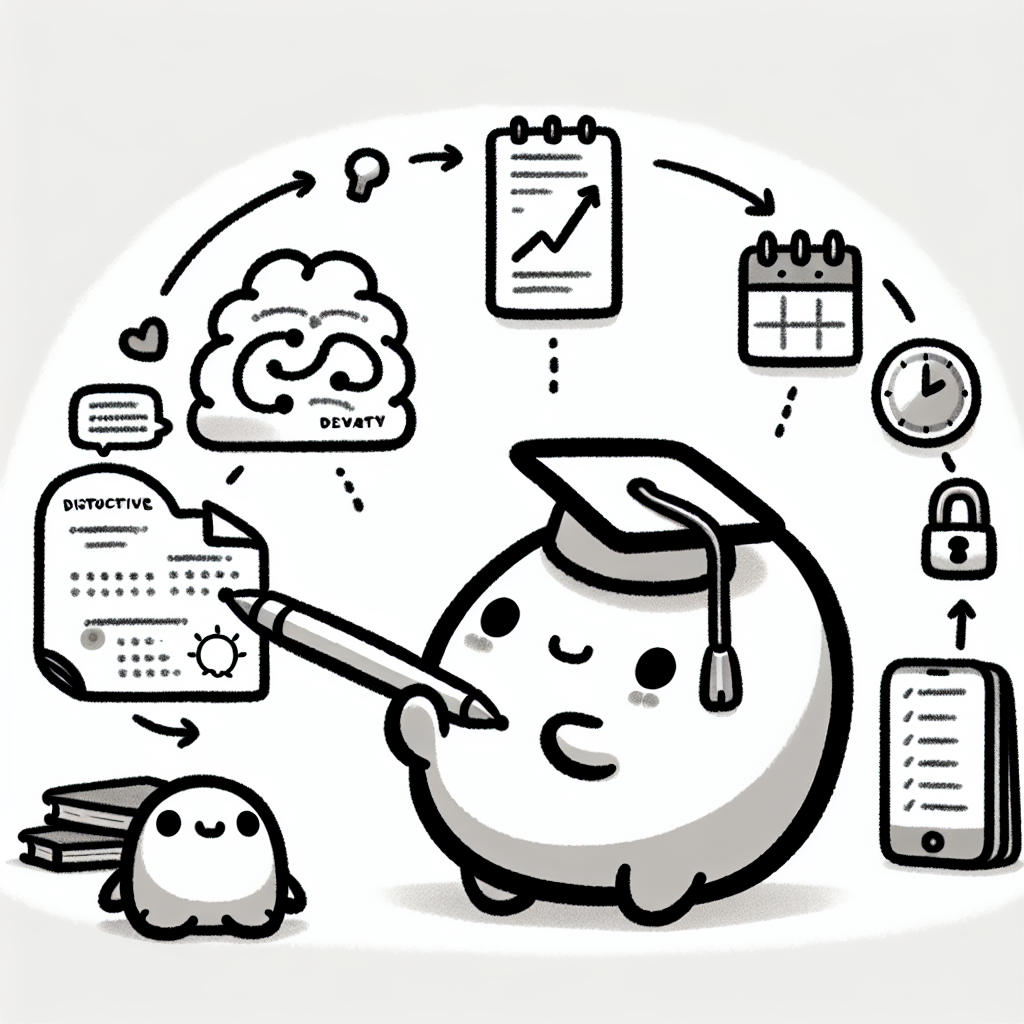
Looking Ahead: The Future of Productivity in Higher Education
As college productivity apps continue to evolve, several trends are shaping the future of how students and educators interact with digital tools.
AI and Machine Learning Integration
Artificial intelligence and machine learning are becoming central to college productivity apps. These technologies enable smart scheduling features that automatically adjust based on course loads and personal habits. Apps are beginning to offer personalized study recommendations by analyzing user behavior and academic performance. Auto-summarization tools are also emerging, helping students efficiently digest lectures and readings.
Increasing Role of Student Data
The growing availability of student data, such as from the Integrated Postsecondary Education Data System (IPEDS), is influencing app development. Developers are using these datasets to create tools that better reflect campus-specific needs. Additionally, analytics are being used more frequently in academic advising, raising questions about the ethical use of student information. As data-driven insights become more prevalent, institutions must balance innovation with privacy.
Community-Driven Innovation
Students are playing an active role in shaping the landscape of college productivity apps. Hackathons and competitions, like the Apps4VA initiative, encourage student-led development of productivity tools tailored to academic needs. Open-source ecosystems are also gaining popularity, providing collaborative platforms for continuous improvement and customization of apps. This community-driven approach ensures that the tools stay relevant and responsive to user demands.

Conclusion
College productivity apps are reshaping the student experience by providing essential support in time management, academic performance, and mental health. These tools help students stay organized, meet deadlines, and maintain balance in their academic and personal lives.
Data-driven platforms, including those modeled after initiatives like Apps4VA, demonstrate how the use of open data can enhance educational outcomes. By analyzing usage patterns and performance metrics, these apps can offer personalized support and insights that improve learning efficiency.
As technology continues to evolve, both institutions and students must remain informed, intentional, and ethical in their adoption of college productivity apps. Responsible use of these technologies ensures they serve as enablers of success rather than distractions or sources of inequity.
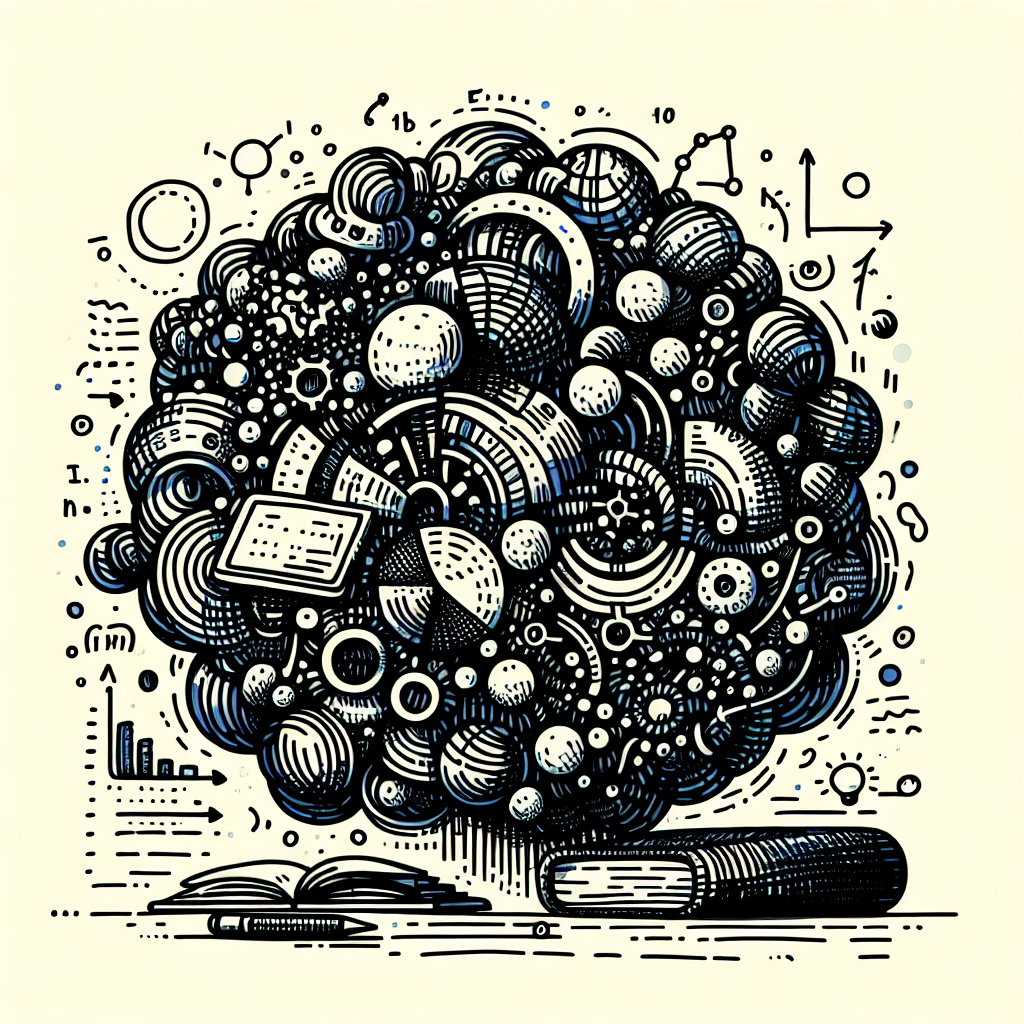
Citations and Resources
To better understand the impact and development of college productivity apps, the following resources offer valuable data and insights:
- Apps4VA - NCES: This initiative by the National Center for Education Statistics (NCES) demonstrates how educational data can be used in app development, including tools that support student productivity in college settings.
- Guam College Readiness Study - NCES: This study provides insight into how students prepare for higher education and how technology, including college productivity apps, might support readiness and learning outcomes.
- Palau College Success Study - NCES: This research explores factors influencing student success in college, providing context for how productivity tools can assist in achieving academic goals.
- IPEDS Overview - NCES: The Integrated Postsecondary Education Data System (IPEDS) offers comprehensive data that can inform the development and refinement of college productivity apps, ensuring they address real student needs.







